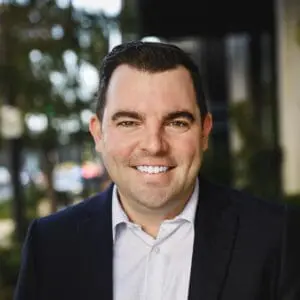From journalism to history’s doorstep
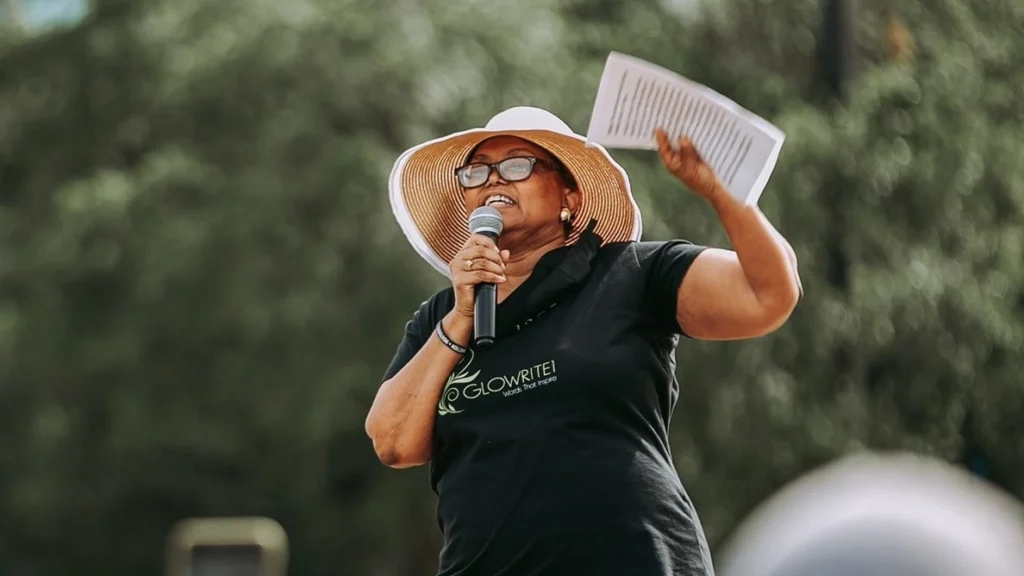
How one author became the voice for Tampa’s forgotten pioneer
What drives Gloria Jean Royster, a seasoned writer and community organizer, to dive into the heart of Tampa’s past, bringing to light the story of a largely forgotten 19th-century African American pioneer? Meet the author and tour guide who found inspiration in the compelling tale of Madame Fortune Taylor, a name almost forgotten, now revived through the power of storytelling.
Background and connection: Can you share a bit about your background and what led you to become a history walking tour guide? How do you connect personally with the history of the area?
“My background is in journalism, hospitality, and community organizing. I am also an author. I believe the common denominator between all four is the power of storytelling. So, it was rather easy for me to shift into tour guide mode. And I have loved history since childhood.”
“I first heard the story of Madame Fortune Taylor through a feature story, “History of Streets in South Tampa,” in South Tampa Magazine in 2014. The issue showed up in my mailbox. I was surprised to learn that Fortune Street, a street only two blocks from where I live, was named for an African American woman in the 1800s. I wrote a commemorative booklet for this Tampa pioneer when her historical marker was erected in May of 2018. I am one of the marker sponsors. I outlined a walking tour on one of those pages. In 2019, I took the idea to the Tampa Bay History Center. No one was publicly talking about her or the bridge. I wanted her story to have a home so that she would not be forgotten again. Fortune Street and the Fortune Taylor Bridge are in the River Arts District of Downtown Tampa, where I live.”
Favorite historical tale: What is your favorite story or legend from this area’s history, and why? How does this story influence or reflect the local culture and identity?
“There is very little documented or written history about Madame Fortune Taylor, the person. There is no known photo of her. The story of her relationships with people, mostly from oral history, gives us a glimpse. That oral history suggests that she was quite a mystery. Then there were others who knew her, like Christina Rogers Saunders, who is the mother of Civil Rights icon and library namesake Robert W. Saunders, Sr. Both talk about Madame Fortune in their oral histories housed at the University of South Florida Libraries.”
“When Mrs. Saunders was a child, she and her sister Beulah or Bea used to visit Madame at home. Christina said, “I’ll never forget that old soul on Fortune Street.” It was puzzling to the young girl that Madame seemed to have no relatives and lived alone. We also learn from Christina that Madame was short, stout, and had long hair, and Bea used to brush her hair for her. This is where part of the lore that she was loved by children comes from. Another young girl in the same era visited Madame Fortune. She was the granddaughter of former Tampa mayor Edward A. Clarke, who bought much of the Taylor homestead in 1875. At that time, Madame Fortune managed the household staff for the Clarke family. Granddaughter Aldine Knight “used to walk to “Aunt” Fortune’s house weekly to take her money,” according to a 1967 article, “Fortune Street Now Down on Its Luck,” in the Tampa Tribune. “Aunt” was a term of respect in the Clarke household. Today, Aldine’s granddaughter remembers her grandmother saying that Madame Fortune Taylor was a person of integrity.”
Hidden gems: In your experience, what are some of the lesser-known historical sites or aspects of this area that visitors often overlook? Why do you think these places are significant?
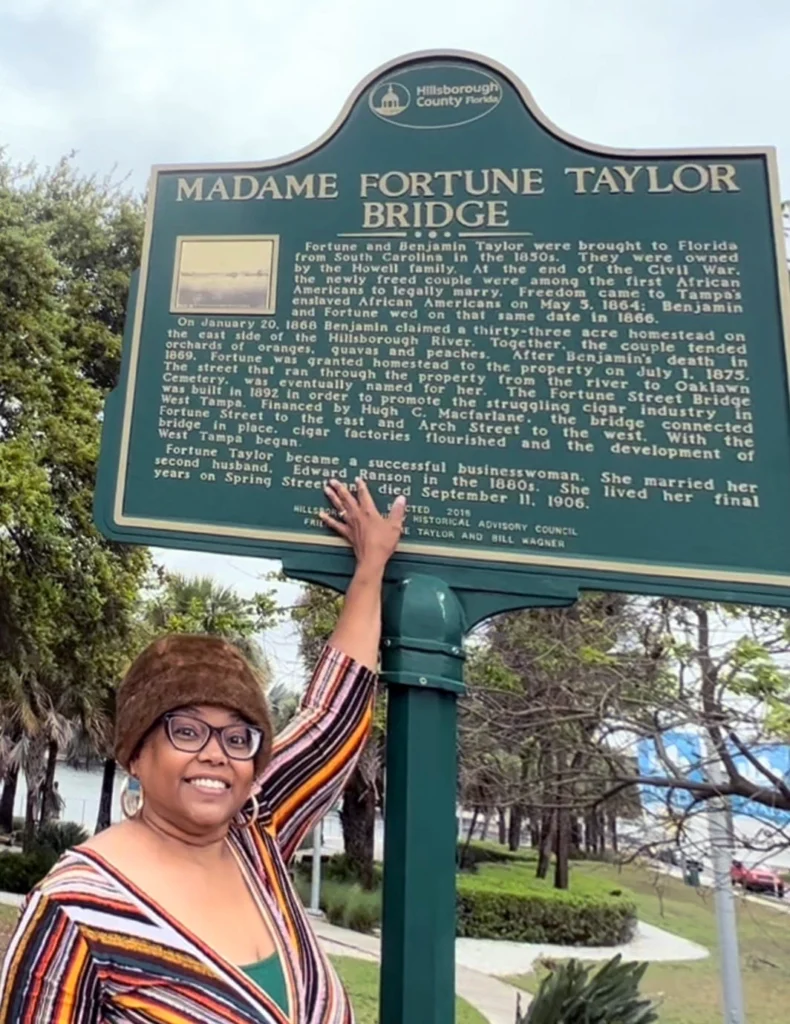
“I was criticized for not having any historical buildings on my tour. This is a valid point, but one I have no control over. This area of north Downtown and the “Fortune Street Bridge Neighborhood” had always been a thriving community until modern urban and riverfront renewal changed that. Not only were people removed, the street grid changed, and Fortune Street was rerouted, but most of the historic buildings were demolished in the name of progress.”
“I can show you where historians believe Madame Fortune Taylor’s house once stood, but we cannot step through the door of her home on what was once her land. That location is now a garage with a lovely mural in it that gives a nod to how the land was once used by the Taylors. I can show you where the Clarke home once stood on Florida Avenue, but that is gone, too. She was a benefactor of both Beulah Baptist Church and Historic St. Paul A.M.E. Beulah moved its congregation to West Tampa.”
“Thanks to the generosity of the owners of the St. Paul, the interior of this hidden historical gem in Downtown Tampa is now included on the tour. That’s an entire tour itself. Did I mention that the late Rev. Billy Graham began preaching on Fortune Street? Very few people know this. When it was “down on its luck,” East Fortune Street was Tampa’s skid row area. While a student in Temple Terrace, Billy would come to Tampa and hone his oratory skills among those in most need. I show visitors Rev. Graham’s historical marker at Fortune and Franklin Streets.”
“Moreover, today’s East and West Fortune Street itself and the Fortune Taylor Bridge are living monuments to Madame’s story and the history of Tampa and the state of Florida.”
Historical accuracy vs. myth: How do you balance entertaining stories with historical accuracy, especially when dealing with legends or widely believed myths about the area?
“Because I am a trained journalist, I try to avoid myths and speak from valid research as much as possible. I have been known once or twice to embellish for entertainment value, but even then, it is to create human interest.”
“There is lore about the agreement between Hugh C. Macfarlane, the builder of the bridge, and Madame Fortune Taylor to connect the bridge to her land. I have never found any documents to support this, so I omitted the lore from my tour. I really would like to confirm the story. I am still researching.”
“We also rarely hear about the other men and women who helped Macfarlane finance and construct the Fortune Taylor Bridge.”
Insightful perspectives: What is one historical event or figure from this area that you believe deserves more recognition or understanding? How do you approach presenting complex or sensitive historical issues to your audience?
“I wish there was more information available on Benjamin Taylor and the Taylors’ lives in both Brooksville and Tampa. In a Tampa Tribune article, the late historian and Historic Oaklawn Cemetery volunteer sexton Julius J. Gordon indicated that he was going to write a book about Benjamin Taylor. I want to know why! I want to know more about Madame Fortune’s efforts in her community.”
“I also feel that more needs to be said and understood about the significance of the literal and figurative meaning of the Fortune Taylor Bridge. Madame Fortune/was a connector, AND her name/the bridge saved the struggling cigar industry in Tampa. Fact.”
